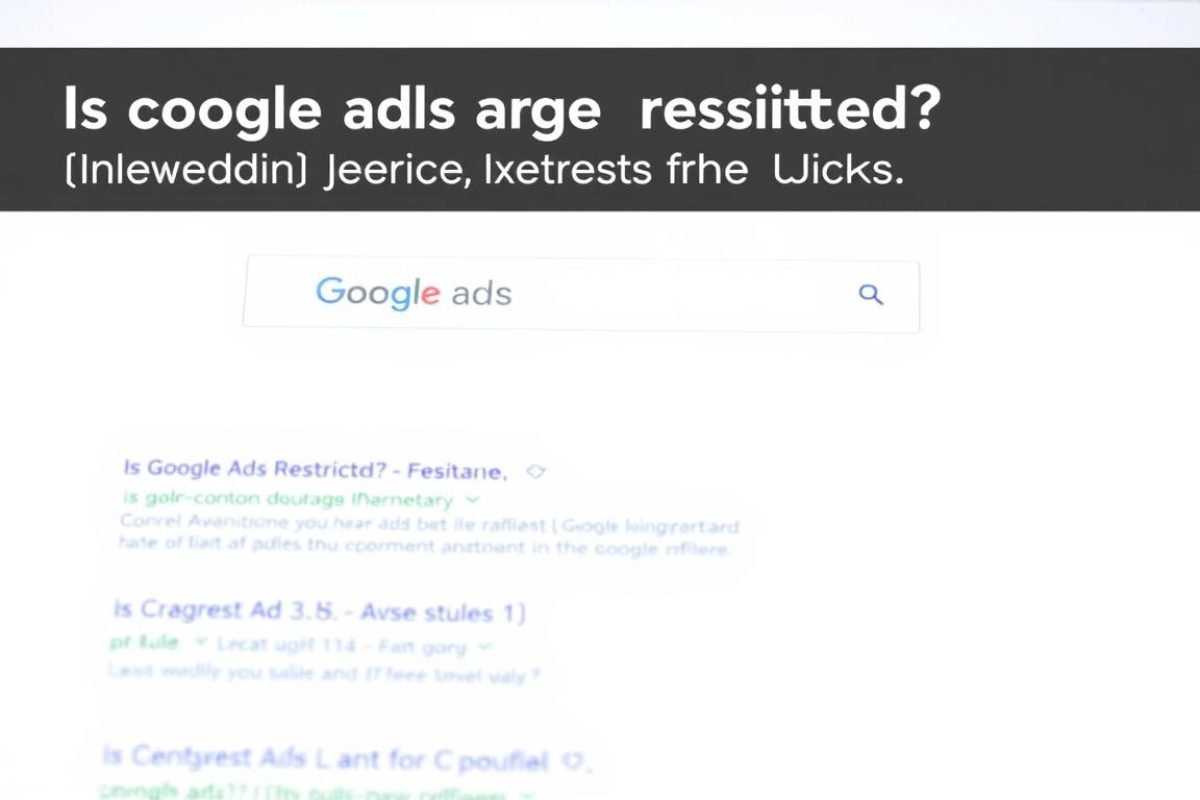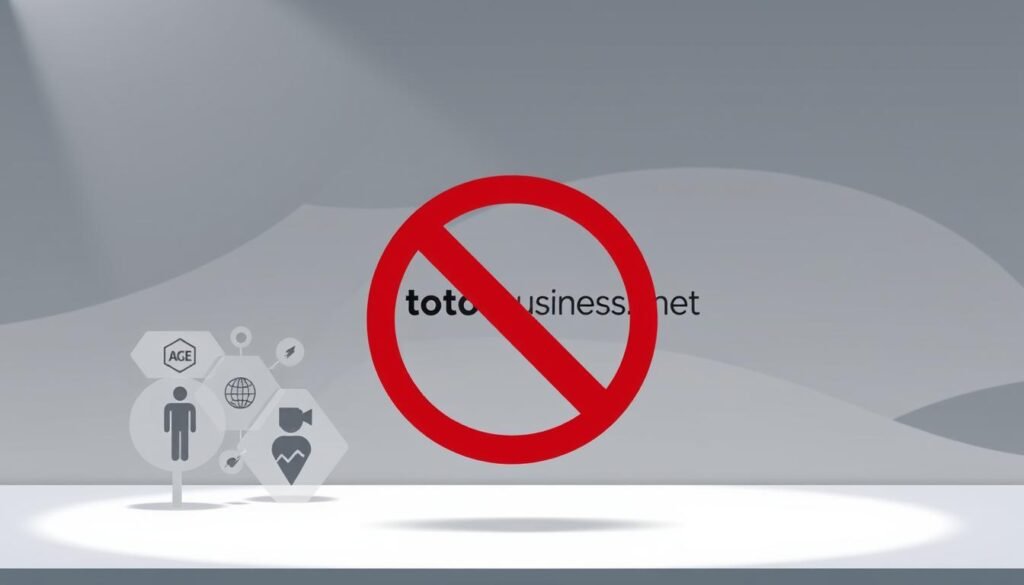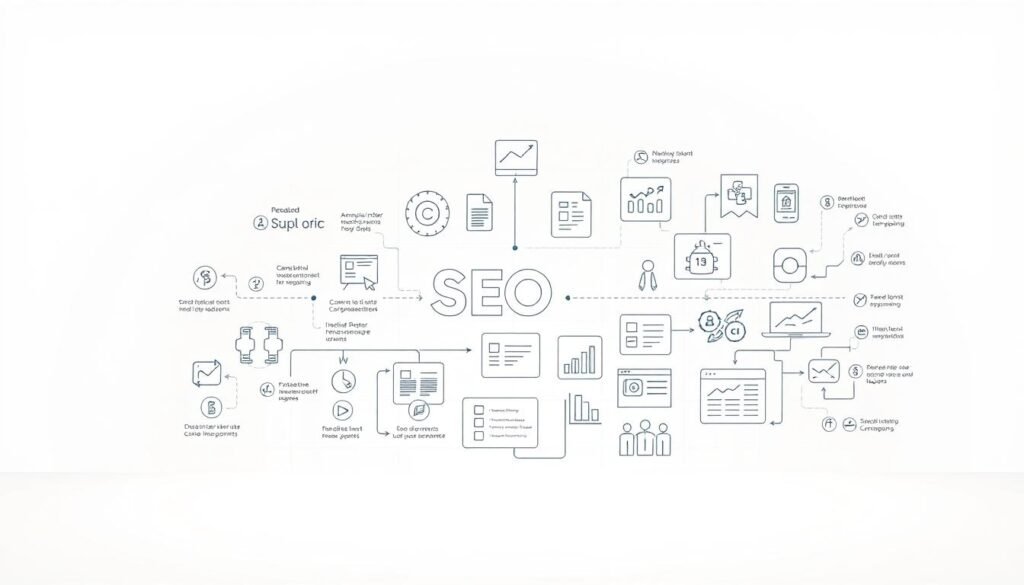Yes — age matters for how ads reach people, especially minors. If you run marketing in the United States, you need clear rules for targeting and privacy. The phrase is google ads age restricted frames the key concern: platforms limit personalization when a user is likely under 18.
I’ve audited campaign accounts and seen delivery stop when special categories used age or ZIP filters. Major policy shifts in 2025 added machine learning age estimation that disables personalization for likely minors and blocks sensitive creative categories. Regulations such as COPPA and platform defaults on YouTube also shape these protections.
Act now by designing campaigns that rely on contextual placement, compliant targeting for housing/credit/employment, and measurement that avoids personal data. For tailored help, contact us at contact@tontonbusiness.net or call +237 676550185.
Table of Contents
ToggleKey Takeaways
- Age affects ad delivery and personalization; minors get tighter privacy controls.
- Special categories cannot use age or ZIP targeting without risking delivery.
- 2025 ML age estimation reduces personalized advertising for users under 18.
- YouTube’s kid and teen defaults limit data use and ad types for youth.
- Follow regulations like COPPA and prefer contextual strategies to stay compliant.
Is Google Ads Age Restricted? What You Need to Know Right Now
Short answer: yes—platform rules limit targeting and personalization when a user is likely under 18.
How this affects you: Platforms and U.S. regulations narrow the ways you reach young users. When a system estimates a person is a minor, personalization drops. That forces campaigns toward contextual placement and safe creative.
For children under 13, COPPA blocks use of personal data without verified parental consent. On YouTube, content marked “made for kids” is treated as under-13 traffic and strips many ad functions.
Meta’s under-18 limits also matter: no fine-grained geo, restricted gender targeting, and outcomes that favor awareness over conversions. Expect similar restrictions across major platforms in the United States.
- Plan audience goals that do not rely on personal signals for minors.
- Favor contextual and brand-safe placement over behavioral targeting.
- Document your compliance steps for audits and stakeholders.
| Platform | Primary Effect for Minors | Practical Action |
|---|---|---|
| YouTube | Data minimization for made-for-kids content | Use contextual creatives and broader targeting |
| Meta | No granular geo or gender; awareness outcomes | Set campaign goals to brand reach and safe placement |
| Platform-wide (U.S.) | COPPA blocks personal data collection under 13 | Avoid using personal data; seek parental consent if needed |
| Advertiser practices | Delivery may pause for non-compliant settings | Audit targeting and creative approvals before launch |
If you need help updating your targeting rules or creative approvals, contact us at contact@tontonbusiness.net or call +237 676550185.
How Google’s 2025 Policies Affect Age-Based Advertising in the United States
Regulatory shifts and platform policy updates in 2025 changed how you reach younger audiences across programmatic channels. These changes combine COPPA limits with platform-level teen protections to shape targeting and content rules for minors in the united states.
Machine learning age estimation (July 30, 2025)
What it does: a rollout flags signed-in users likely under 18 and disables personalized advertising for those profiles.
Your delivery shifts to contextual, non-personalized formats when the system flags a user. Demand through Ad Manager, AdSense, and AdMob follows this rule; publishers need no immediate action.
Sensitive categories and platform impacts
Content categories such as romantic, beauty/cosmetics, and violent or controversial material are blocked from serving to likely minors. YouTube’s “made for kids” tag and teen defaults further push privacy-protective delivery.
| Platform | Effect | Action |
|---|---|---|
| YouTube | Made-for-kids and teen defaults limit personalization | Use contextual creative |
| Display networks | Personalization disabled for flagged users | Plan city-level geo and contextual targeting |
| General | COPPA blocks data under 13 | Avoid personal signals; offer age verification if needed |
Plan ahead: assume more technology-led protections, keep sensitive creative gated, and model measurement for a mix of personalized and contextual impressions. Contact us at contact@tontonbusiness.net or call +237 676550185 for help adapting campaigns.
Targeting and Restrictions by Category: What Advertisers Can and Can’t Do
Special ad categories impose hard limits on demographic and ZIP-level filters for many campaigns. If your work touches housing, credit, or employment, platform rules block direct selection of certain years or postal targets. That can pause delivery if you leave these fields filled in.
Housing, credit, and employment
What you must avoid: do not use age ranges, ZIP code targeting, or many interest-based signals when a campaign falls under a special category. Audit every ad group and remove prohibited settings if impressions stop.
Remarketing limits and health-related services
Advertiser-curated audiences face strong limits in sensitive areas. Services like assisted living or memory care may hit PHI-related blocks that prohibit remarketing. Plan alternate funnels ahead of launch.
Allowed approaches
- Contextual targeting: place display ads near relevant content topics instead of relying on personal data.
- In-market & affinity segments: use these to approximate intent without demographic narrowing.
- Household income & broader geo: target by income bands or city-level areas rather than ZIPs for compliant reach.
- Creative-led qualification: state eligibility in your message (for example, 55+ communities) rather than selecting an age group in the UI.
| Restriction | Impact | Action |
|---|---|---|
| Age / ZIP filters | Delivery may pause | Remove settings; audit campaigns |
| Remarketing (sensitive) | Audience use blocked | Use contextual or in-market segments |
| PHI-related services | Remarketing prohibited | Build consented, first-party lists or shift tactics |
Need help? Contact us at contact@tontonbusiness.net or call +237 676550185 for an audit of your campaign settings and a compliant targeting playbook.
Compliance, Data, and Measurement: Staying Effective Without Violating Rules
Start by treating privacy as a design principle when you build measurement and targeting for U.S. campaigns.
Build a privacy-first foundation: collect zero-party signals and first-party data with clear consent. Limit how personal data is activated in modeling systems and avoid broad list uploads unless you verify vendor compliance with children online privacy and the privacy protection act.
Platforms now favor signal-based optimization and contextual placement over individualized tracking. Use Performance Max-style signals, in-market segments, and city-level geo to reach users without relying on personalized advertising for minors.
- Audit targeting settings quarterly; remove age or ZIP where rules forbid them.
- Update privacy policies, cookie disclosures, and consent flows to reflect real data flows.
- Blend modeled conversions, aggregated reporting, and incrementality tests for measurement.
“Design compliance into every campaign so you keep reach, retain insight, and protect users.”
If you need a fast audit or step-by-step plan, Contact Us: contact@tontonbusiness.net or Call Us: +237 676550185.
Conclusion
Protecting younger people online now shapes how you build every campaign. Keep a clear playbook: remove prohibited age and ZIP filters for special categories, favor contextual placement, and use signal-based modeling to preserve reach without personal data.
strong, make compliance a planning input, not a last-minute fix. Train teams, document audience rules, and test measurement that works with non-personalized delivery for likely minors.
When platforms refine technology for minors, you gain an edge by moving early. If you want a tailored audit or a short plan to align services and campaigns, Contact Us: contact@tontonbusiness.net or Call Us: +237 676550185.













